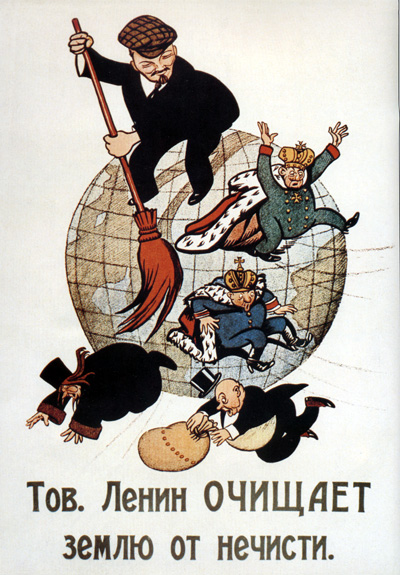this post was submitted on 05 Nov 2024
31 points (97.0% liked)
History
23644 readers
5 users here now
Welcome to c/history! History is written by the posters.
c/history is a comm for discussion about history so feel free to talk and post about articles, books, videos, events or historical figures you find interesting
Please read the Hexbear Code of Conduct and remember...we're all comrades here.
Do not post reactionary or imperialist takes (criticism is fine, but don't pull nonsense from whatever chud author is out there).
When sharing historical facts, remember to provide credible souces or citations.
Historical Disinformation will be removed

founded 5 years ago
MODERATORS
you are viewing a single comment's thread
view the rest of the comments
view the rest of the comments
Grover Furr collects resources on his espresso Stalinist blog
https://espressostalinist.com/the-real-stalin-series/party-purges/
There are a ton there but I’ll highlight several
Also you can read specifically about the military purges prior to WW2
https://espressostalinist.com/the-real-stalin-series/military-purges/